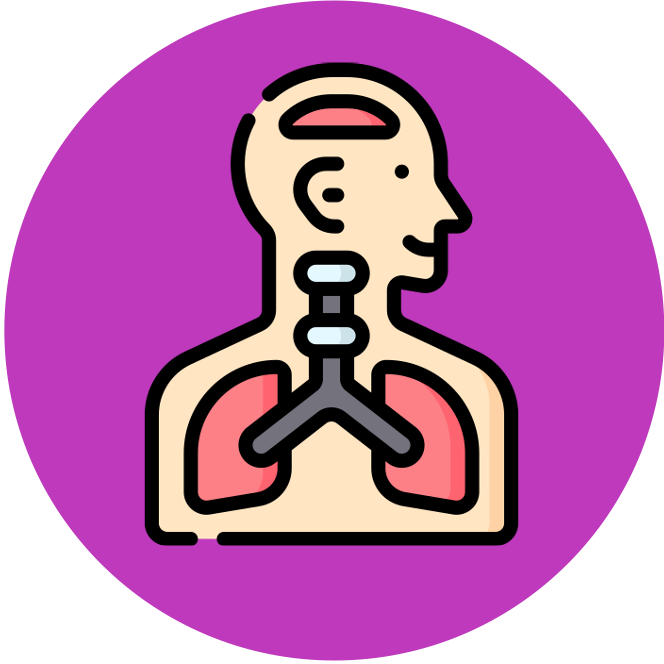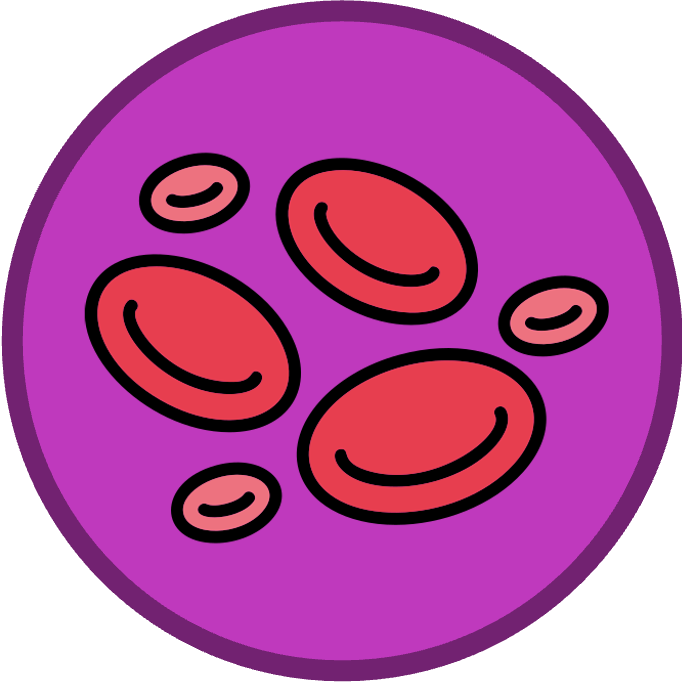

Blood System (AHL)
AHL Content Statements
-
B3.2.11
Release and reuptake of tissue fluid in capillaries
-
Tissue fluid is formed by pressure filtration of plasma in capillaries. This is promoted by the higher pressure of blood from arterioles. Lower pressure in venules allows tissue fluid to drain back into capillaries.
-
B3.2.12
Exchange of substances between tissue fluid and cells in tissues
-
Discuss the composition of plasma and tissue fluid.
-
B3.2.13
Drainage of excess tissue fluid into lymph ducts
-
Limit to the presence of valves and thin walls with gaps in lymph ducts and return of lymph to the blood circulation.
-
B3.1.11
Adaptations of foetal and adult haemoglobin for the transport of oxygen
-
Include cooperative binding of oxygen to haem groups and allosteric binding of carbon dioxide.
-
B3.1.12
Bohr shift
-
Students should understand how an increase in carbon dioxide causes increased dissociation of oxygen and the benefits of this for actively respiring tissues.
-
B3.1.13
Oxygen dissociation curves as a means of representing the affinity of haemoglobin for oxygen at different oxygen concentrations
-
Explain the S-shaped form of the curve in terms of cooperative binding.



